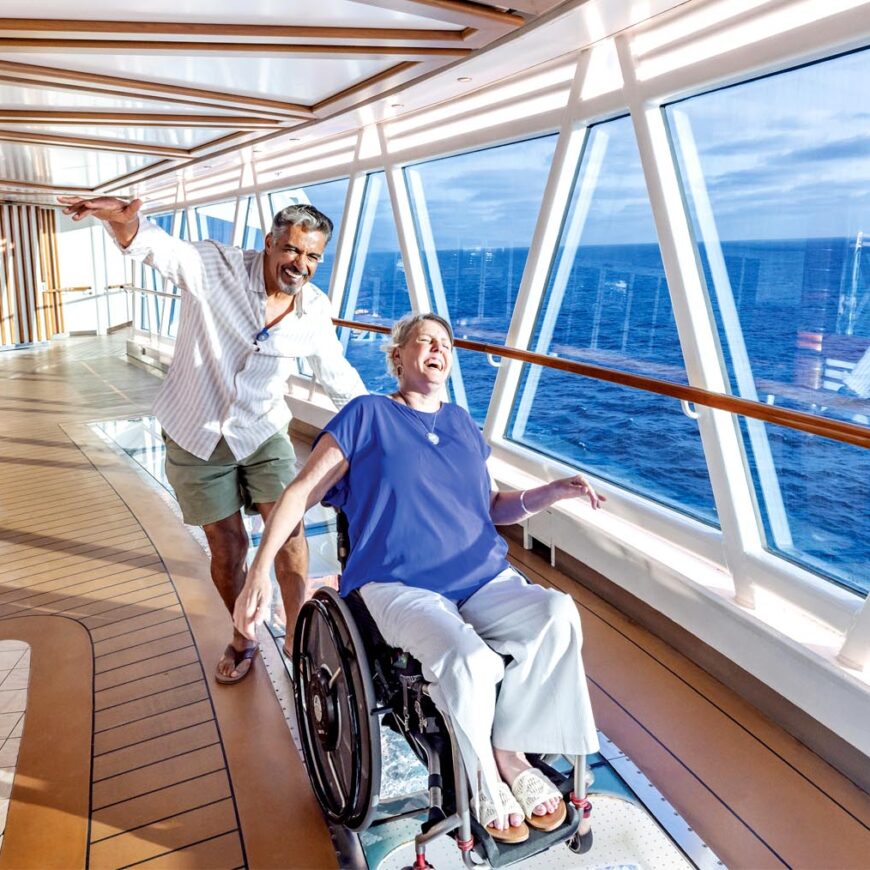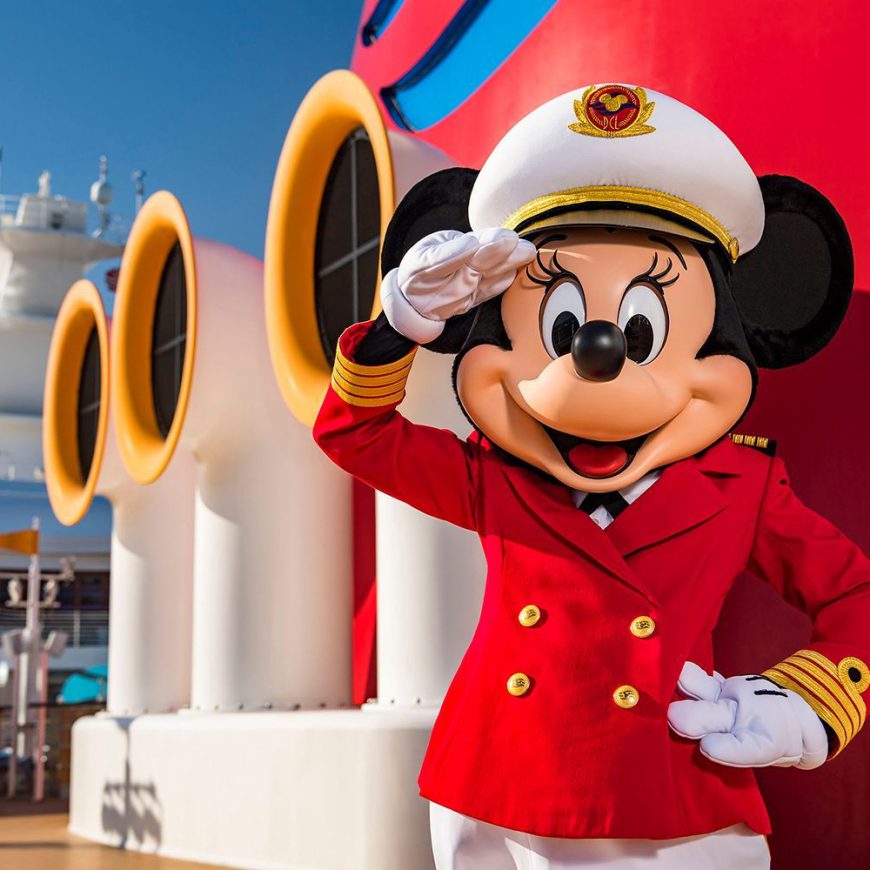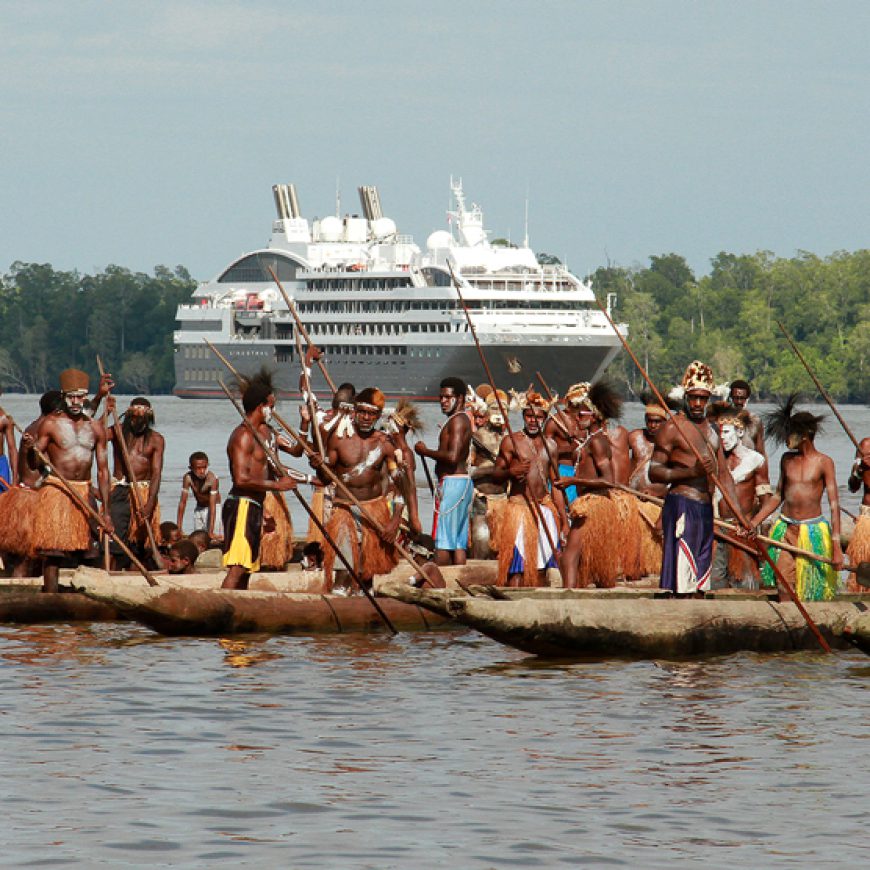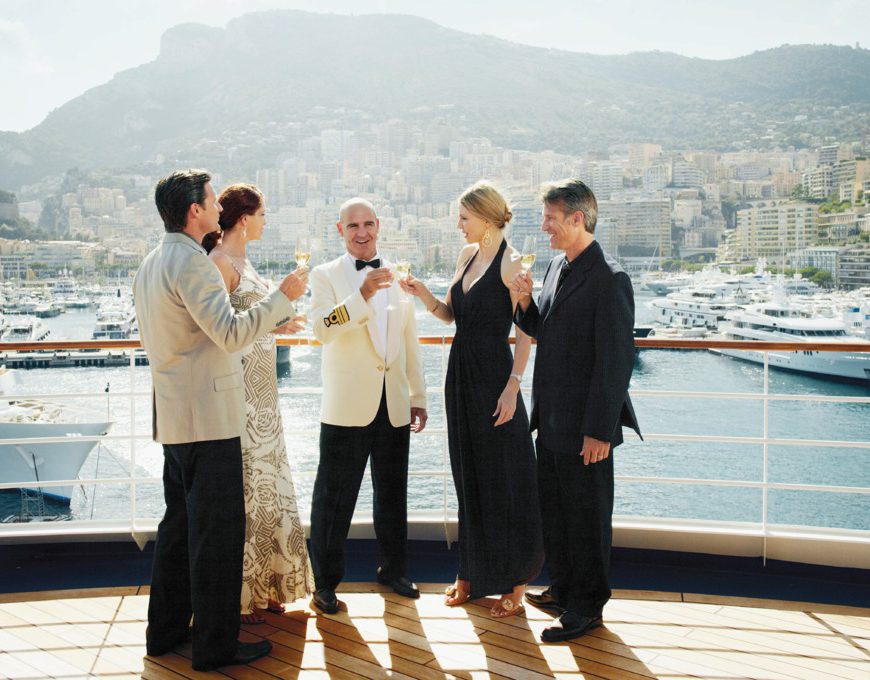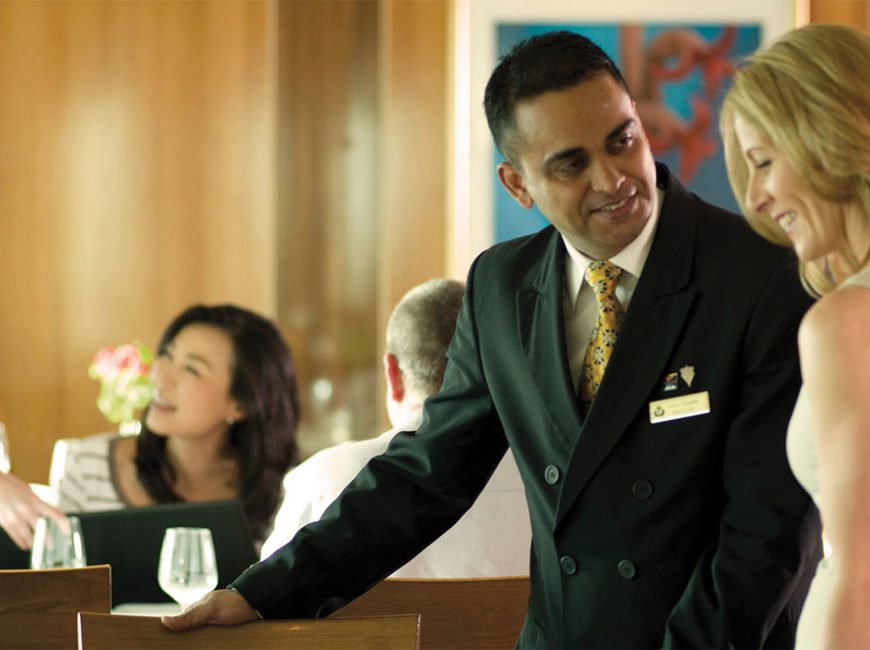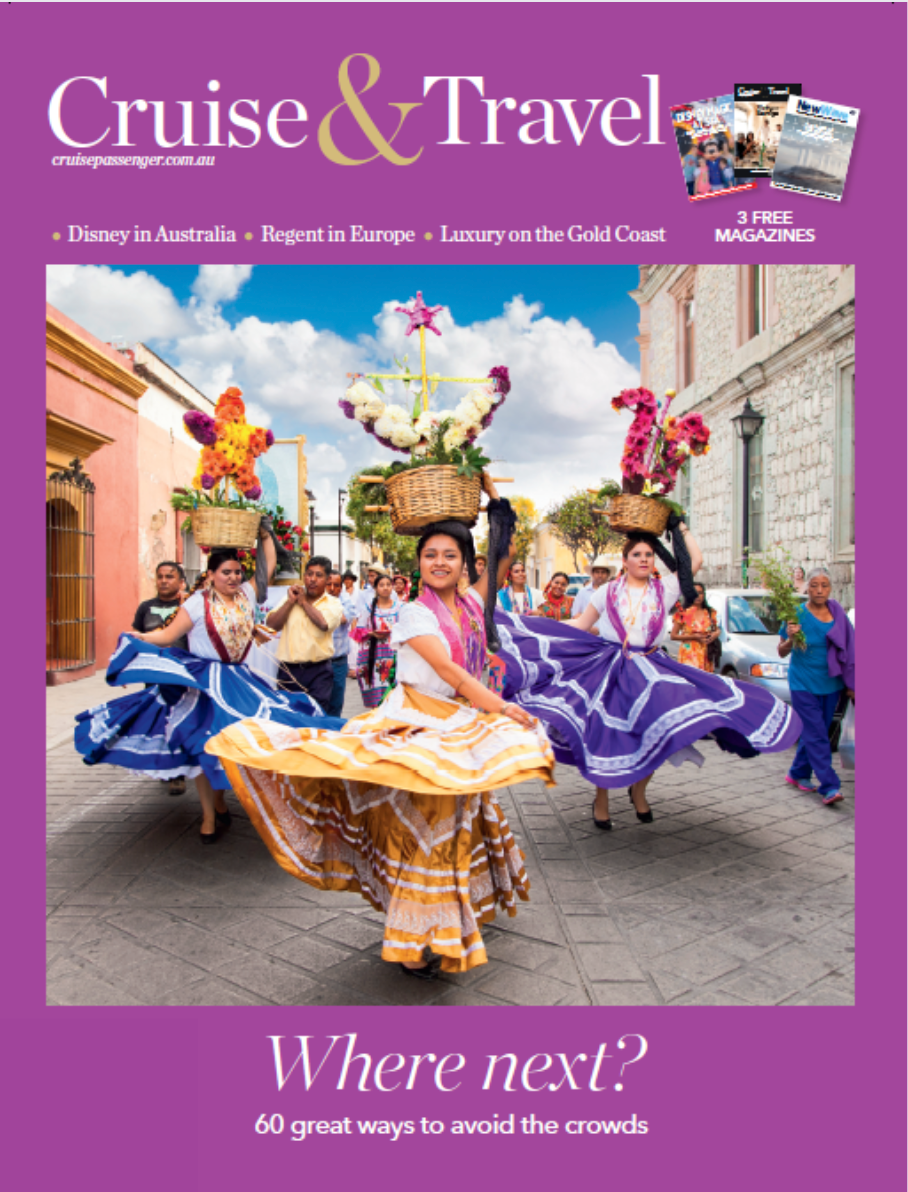River Cruising 101
Tips & AdviceHere, our expert answers 10 questions you might have had about river cruising but were too afraid to ask. Words: David McGonigal.
1. What is river cruising?
As a general rule, a river cruise is a voyage along a waterway that extends at least overnight but may run for a week or more, on board a dedicated river cruise vessel. That definition, however, would exclude cruises up the Amazon River, because it is so vast and deep that regular ocean-cruise ships can ply its waters.
2. What vessels are used?
A typical river-cruise boat is long, thin and low, particularly those in Europe, where bridges and locks are old and small enough to become limiting factors. Nowadays, vessels on the Rhine-Danube route are either 110 metres or 135 metres long and usually, are less than 12 metres wide. They fit into locks with barely centimetres to spare. The captain steers from a bridge that can be raised and lowered by hydraulic rams.
3. What cabin is likely to be best?
In the cheapest cabin, you’ll have a porthole rather than a window, so examine the lounge and outside areas because you’ll probably spend more time out of your cabin than in it. Cabins towards the back of river-cruise vessels haves more engine noise and vibration. If you are tall, check the bed dimensions, too: older vessels rarely have beds longer than 183 centimetres.
4. What sort of people will be cruising with me?
River cruising tends to attract homogenised groups. So you may find, say, that almost everyone on board is of one nationality. If you would like to cruise with a more cosmopolitan mix of guests, ask to be booked onto vessels that typically attract passengers from various countries.
5. What can I expect the cuisine to be like?
River-cruise passengers are usually mature and quite discerning, and river-cruise companies have responded by providing suitably sophisticated food. As you pass through each country en route, you can expect to be offered local specialities.
6. What is the most popular river-cruise destination?
As Australians embrace river cruising, the options keep expanding – however, the most popular first cruise is the Danube-Rhine corridor between Amsterdam and Budapest. Return cruisers may explore Russia or Spain/Portugal, or more exotic options such as China and Egypt.
7. What will I need to pack?
Your destination and the season will largely dictate your packing list. The dress code on most river cruises is informal, but taking a jacket and tie will be useful for the Captain’s dinner and any formal excursions to concerts or dinners.
8. How is barging different to river cruising?
Barges are smaller vessels that can negotiate smaller rivers and canals. Some cater for only two to five couples and some you can even hire and drive yourself. The fully catered barges offer leisurely gourmet experiences; others are geared for more physical activity, such as cycling excursions. Barges stop overnight and travel very slowly by day through scenery to be savoured.
9. Do the boats have modern features, such as wi-fi access?
Newer vessels have sophisticated television and internet facilities; however, particularly in Europe, communications systems antennae must be lowered to pass under bridges – and you’ll receive and transmit no signals at the bottom of deep locks. So yes, you can expect internet aboard, but not all the time.
10. Upstream or downstream?
Upstream is against the current so it’s slower – leaving more time to appreciate the scenery, but less time on land. Downstream is the reverse. Along the Danube and Rhine you sail upstream along the Rhine, then downstream on the Danube, or vice versa. Water levels can disrupt itineraries – too little water to navigate or too much to let the vessel pass under bridge.


